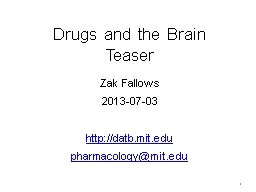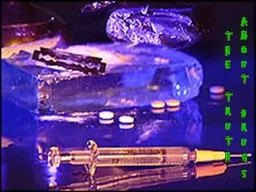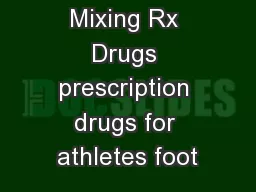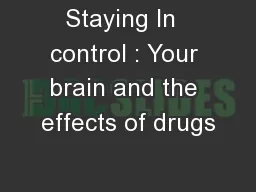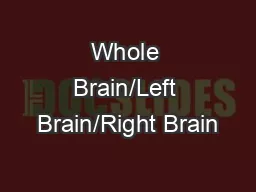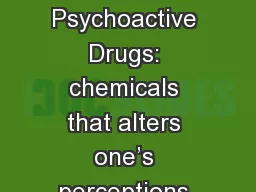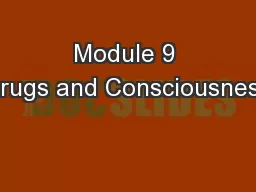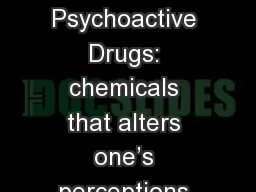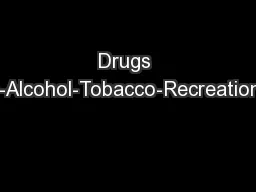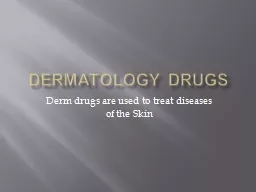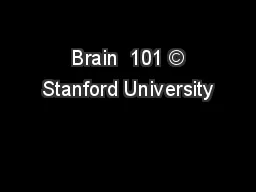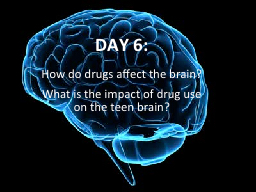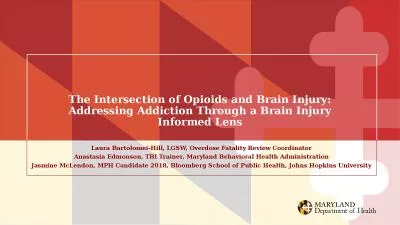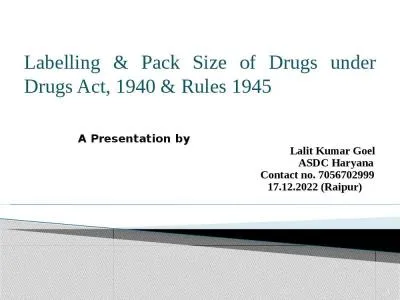PPT-Drugs and the Brain
Author : alida-meadow | Published Date : 2015-11-25
Teaser Zak Fallows 20130703 httpdatbmitedu pharmacologymitedu 1 How the Brain Works You have about 100 billion brain cells which are called neurons Each neuron has
Presentation Embed Code
Download Presentation
Download Presentation The PPT/PDF document "Drugs and the Brain" is the property of its rightful owner. Permission is granted to download and print the materials on this website for personal, non-commercial use only, and to display it on your personal computer provided you do not modify the materials and that you retain all copyright notices contained in the materials. By downloading content from our website, you accept the terms of this agreement.
Drugs and the Brain: Transcript
Download Rules Of Document
"Drugs and the Brain"The content belongs to its owner. You may download and print it for personal use, without modification, and keep all copyright notices. By downloading, you agree to these terms.
Related Documents

